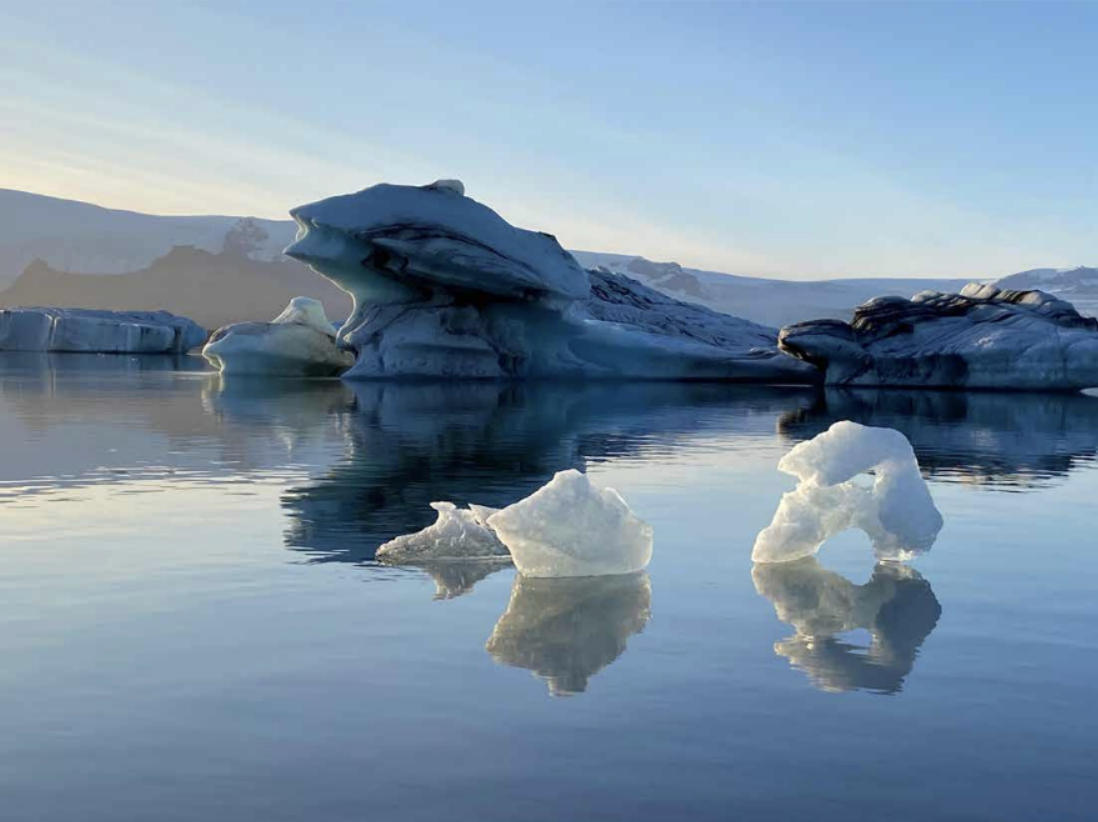
Published 2023-10-25
Keywords
- Waterscape,
- Geothermal energy,
- Placemaking,
- Hazard protection
How to Cite
Copyright (c) 2023 Samaneh Sadat Nickayin

This work is licensed under a Creative Commons Attribution 4.0 International License.
Abstract
Iceland is a geologically active land and home to some of the world’s most active volcanoes and the largest glaciers in Europe. Due to its harsh environmental circumstances, its inhabitants’ living conditions are unpredictable. Icelanders live in a sort of ‘rescue mood’, ready to face a variety of natural disasters, such as avalanches, flooding, heavy storms, eruptions, landslides and earthquakes. In this northern sea island, water is the most influential element in culture, language, economy, leisure, landscape, planning strategy, and islanders’ everyday life. Water comes in all forms, both as a provider and a threat. Based on this premise, this commentary is a synthesis image of the forms of water from an outlander point of view, reading an alien landscape in which the forms of water are one of the most enchanting interpretation experiences in the landscape. This anecdote is a narration of the forms of water concerning urbanisation, land and human in different subtle layers of Icelandic culture, economy and landscape design





